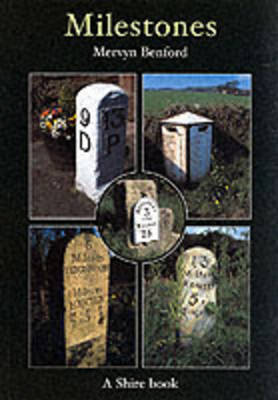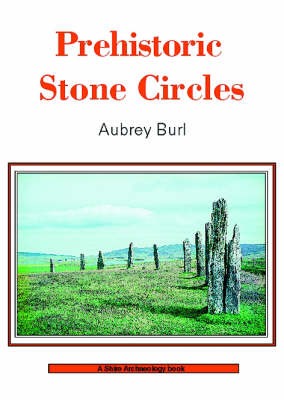Category Archives: Travel Guides
Discovering London Railway Stations
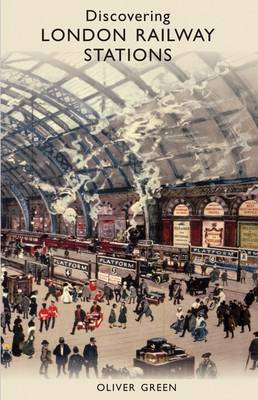
London is the supreme railway city. In 1900 it had fourteen railway termini, more than any other city in the world. A century later only one of them has disappeared completely, and just three have undergone comprehensive reconstruction. All the others are recognisable products of the Victorian railway age that continue to function daily as
The District Nurse
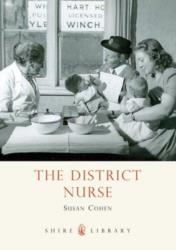
For 150 years, district nurses have been taking care of the sick in their own homes, providing health care, moral support, and wise advice to people of all ages and classes, in rural areas, towns and cities the length and breadth of the country. Begun in 1860s Liverpool by philanthropist William Rathbone, the District Nursing
Ice Cream: A History
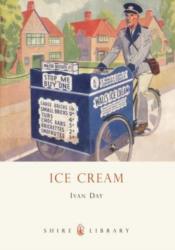
Ice cream has been served in Britain since the seventeenth century. Tt has graced the tables of kings, and the cones of the working man; it has been plain, flavored, molded, sliced, squirted and scooped. It has made the fortunes of industrialists and put bread on the table of generations of Italian emigres. This new
London Olympics: 1908 and 1948
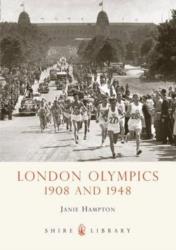
The first two London Olympics offer food for thought in the run-up to London 2012, with its multi-billion pound budget during a global economic recession, new sporting arenas, Olympic villages, and high-speed rail links. When Vesuvius erupted in 1906, Italy had to pull out of hosting the Games. London stepped in and delivered new stadia
Wartime Britain

World War II affected every aspect of life on the British home front. From food rationing to air-raid shelters to war work, those left at home had to make huge changes in their day-to-day lives as Britain mobilised, economised, and saved in the name of Victory. “Wartime Britain” takes a look at what these changes
Railway Preservation in Britain
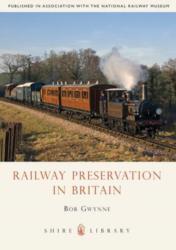
Sixty years after a disparate group of railway enthusiasts came together in a remote corner of rural Wales to run a train service – a true story that inspired the Ealing comedy “The Titfield Thunderbolt” – `heritage railways` are a serious matter, bringing visitors, employment and a sense of local identity to regions throughout Britain.
Ghost Towns
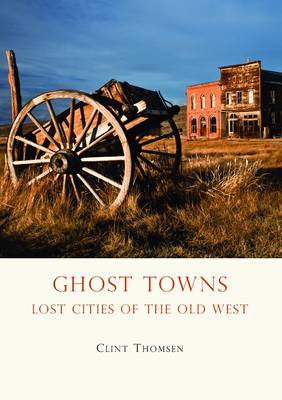
Tombstone, Bodie, St. Elmo, Silver City: these are some of the most famous of the Old West ghost towns and mining camps that dot America`s landscape and provide hints to the country`s history. But literally thousands more are scattered throughout the West, with some states boasting hundreds of abandoned boomtowns. Attracting thousands of visitors every
Route 66: The Mother Road
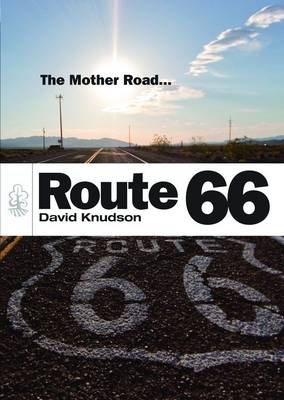
Begun in 1926 to connect Chicago to Los Angeles, Route 66 was the country`s first major east-west thoroughfare. By 1930 it was an important route for both truckers and travellers alike, and in 1939 it became known as `The Mother Road` thanks to John Steinbeck`s classic “The Grapes of Wrath”. Over the years, hundreds of
Walking Dickens` London
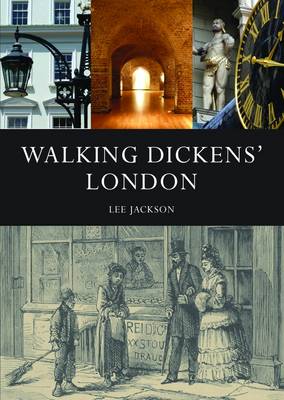
Written by the acclaimed historical novelist Lee Jackson, this book recreates the sights and sounds of “Dickens` London” and provides a detailed itinerary for those keen to follow in the footsteps of `The Inimitable Boz`. Each of the eight walks conjures up forgotten scenes of London life – stage-coaches racing through the Borough; herds of
Saints in Britain
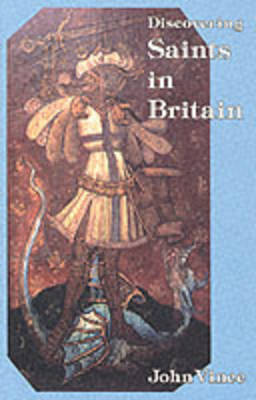
Of the thousands of saints created by the Catholic Church many have a special relevance to British history, either through popular acceptance and worship or because of their direct involvement in the development of Christianity in the British Isles.This book tells the life stories of the more familiar saints, the associated folklore, the patronage, the
Great Exhibitions: From the Crystal Palace to the Dome
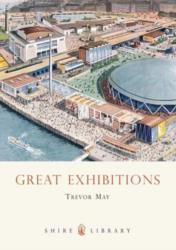
In 1851 an event was organised in London that changed the world: The Great Exhibition. It was a spectacular showcase of technology manufacture and design from all over the world. In just a few months over six million people attended the exhibition in Joseph Paxton`s famous Crystal Palace in Hyde Park. This was a landmark
Old Cinemas
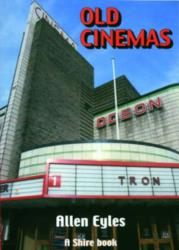
No building type arouses more nostalgic affection than the traditional high street cinema, not only because of the impression made by the films on the screen and the havent if offered to courting couples, but also because of its own special atomosphere of expectations, relaxation and escape, usually enhanced by the decorative surroundings. Many picture
The London Bus
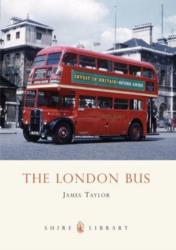
The red double decker bus is one of the enduring images of London. Although now increasingly replaced by modern bendy buses, the classic rear-entrance double-decker still appears on postcards, keyrings, t-shirts and other tourist souvenirs. Successor to the horse-drawn London buses of the nineteenth century, the B-type double-decker first appeared in the Edwardian period, and
Milestone
Medieval Castles
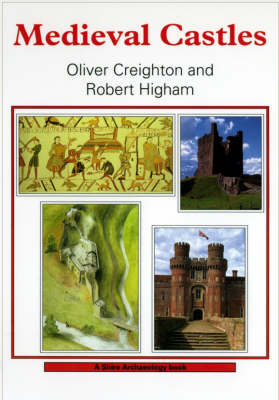
Castles were among the most dramatic features of the medieval landscapes of Europe and are still often dominant elements of our surroundings. This book offers an accessible and portable guide to the archaeology and architecture of castles in England and Wales, an area whose castles had some common developments in the medieval period and which
Discovering London`s Guilds and Liveries

The City of London has one of the strongest unbroken traditions of livery companies in the world. Over one hundred companies, some six centuries old, maintain strong, colourful, beneficial, traditional and independent lives, and many of them have beautiful halls. This book traces the history of the guilds and liveries in various countries and shows
Discovering Abbeys & Priories
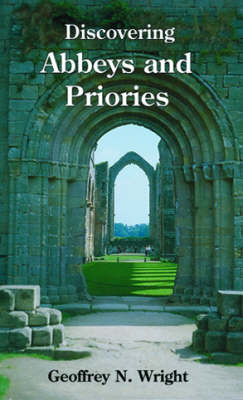
Abbeys and priories are both types of monastery and the author traces the history of monasteries in Britain from Anglo-Saxon times to the Dissolution under Henry VIII. He describes the different monastic orders, the running of the monasteries and the daily life of the monks and nuns, the layout of monastic buildings, the influence of
Beers and Breweries of Britain
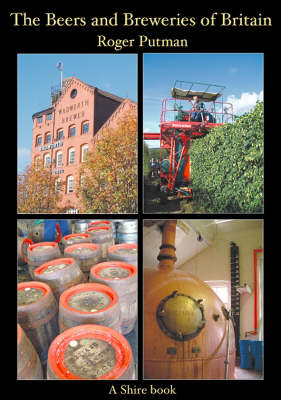
Do you know why Kind William IV appears more frequently on Britain`s pub signs than any other monarch, why the German beer purity laws were introduced, or how a beer can widget works? This book answers these questions and innumerable others about beer and brewing. Much more complex than wine, beer is often a better
Prehistoric Stone Circles
Place-Names: A Pocket Guide to Over 1500 Place-names in England, Ireland, Scotland and Wales

This book explains the meanings of more than 1500 place-names and discusses the techniques by which this information is obtained. It is not limited to England, but includes names from Ireland, Scotland, Wales and the Isle of Man. In ordinary language, and assuming no special knowledge on the reader`s part, the author briefly discusses a







